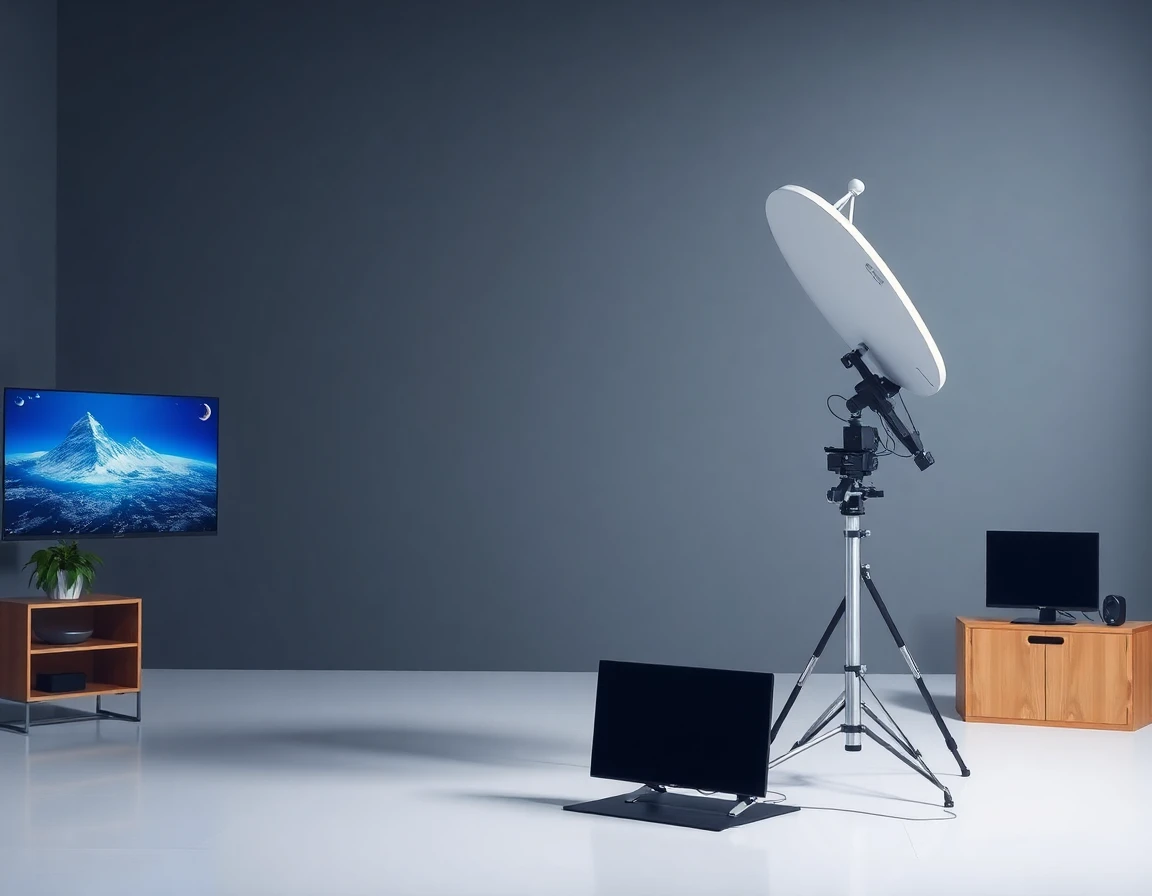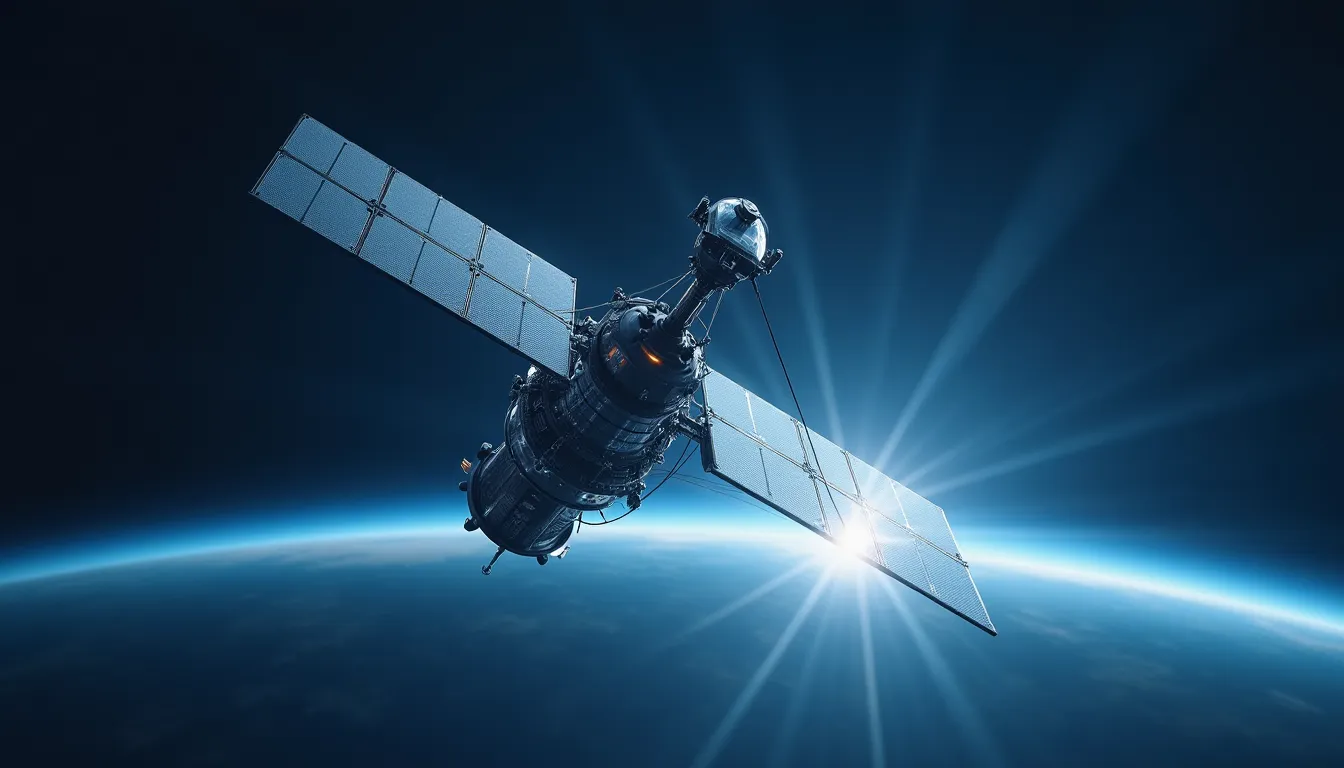The aerospace and defense sectors are witnessing a transformative period characterized by rapid advancements in satellite technology, launch capabilities, and commercial applications. Recent developments reveal a dynamic landscape where innovation is not only enhancing military and governmental operations but also revolutionizing consumer technologies.
SpaceX’s Reusability Milestones
In early September 2025, SpaceX achieved a significant milestone by launching two Falcon 9 missions within a 24-hour window. This included a mission from Vandenberg Space Force Base carrying 24 Starlink internet satellites into polar orbit. Notably, the mission utilized a brand-new first-stage booster, marking only the seventh new Falcon 9 booster introduced in over 100 launches this year. This achievement underscores SpaceX’s commitment to reusability and reliability, with the booster successfully landing on the droneship Of Course I Still Love You.
With this launch, SpaceX completed its 109th Falcon 9 flight of 2025, bringing the total number of booster landings to 498, further solidifying Falcon 9’s status as the most reliable rocket in history. The operational efficiency demonstrated by SpaceX is pivotal for future satellite deployments, enabling a higher cadence of launches and greater access to space for various applications, from broadband connectivity to Earth observation.
NASA’s Technological Transfer to Commercial Weather Satellites
NASA has made notable strides in enhancing weather forecasting through its TROPICS mission, which features a compact atmospheric sounder now deployed on commercial small satellites operated by companies like Tomorrow.io. This technology enables rapid atmospheric data collection with revisit rates of under one hour, significantly improving short-term weather forecasts.
The agency’s Commercial SmallSat Data Acquisition (CSDA) program plays a crucial role in facilitating this technology transfer, allowing for the swift and cost-effective deployment of proven space instruments on commercial platforms. By bridging the gap between governmental and commercial use, NASA is fostering a collaborative environment that benefits both sectors and enhances public safety through improved weather predictions.
European Defense Satellite Expansion by Iceye
In response to growing geopolitical tensions, Iceye, a Finnish Earth-observation company specializing in synthetic aperture radar (SAR) satellites, has secured multiple contracts with European defense forces, including Poland, Portugal, Finland, and the Netherlands. Operating the largest commercial SAR constellation consisting of 54 satellites, Iceye provides critical data to NATO and Ukraine, enhancing situational awareness and operational readiness.
To meet the increasing demand for sovereign space capabilities, Iceye is expanding its manufacturing capabilities in Germany, Greece, and Portugal. This expansion not only strengthens Europe’s defense infrastructure but also catalyzes advancements in satellite technology and manufacturing processes, showcasing the vital role that commercial entities play in national security.
Australia’s Sovereign Satellite Capability: Gilmour Space’s ElaraSat MMS-1
Gilmour Space Technologies marked a significant milestone with the successful in-orbit operation of its 100-kg ElaraSat MMS-1 satellite platform, launched in June 2025. The satellite is equipped with a hyperspectral imager developed by CSIRO and has successfully completed commissioning and communication system verification.
The ElaraSat platform, built to support payloads up to 30 kg, is designed to be compatible with various launch vehicles, including Gilmour’s own Eris rocket. This achievement is a testament to Australia’s growing sovereign space capabilities and end-to-end launch systems, positioning the nation as a key player in the global aerospace landscape.
Integration of Satellite Connectivity in Consumer Technology
The collaboration between Skylo and Garmin illustrates the growing trend of integrating satellite connectivity into consumer technology. With the launch of the Garmin fēnix 8 Pro smartwatch on September 8, 2025, users can now access 24/7 emergency monitoring and global rescue coordination without needing additional hardware. This innovation leverages existing chipsets in consumer devices, marking a significant shift toward scalable, integrated satellite communication in the wearable technology sector.
Skylo’s adoption of 3GPP standards-based satellite protocols enhances the robustness and reliability of these services, making satellite connectivity accessible in 36 countries worldwide. This integration demonstrates the potential for satellite technology to enhance everyday consumer products, providing essential services in remote and underserved areas.
Conclusion
The recent advancements in satellite technology underscore a critical evolution in the aerospace and defense industries. From SpaceX’s reusable rocket innovations to NASA’s contributions in weather forecasting and the expansion of European defense satellites, these developments highlight the increasing interdependence of commercial and governmental applications. As countries and companies continue to invest in satellite capabilities, the future promises a more connected, secure, and informed world, where satellite technology plays an integral role in both everyday life and national security.
With continued innovation and collaboration, the satellite sector is poised to drive forward new solutions that address critical challenges in aerospace, defense, and beyond.
References
-
Top Satellite & Space Developments (Sept. 2–3, 2025) (ts2.tech) - 9/3/2025 SpaceX Launch Doubleheader: SpaceX launched two Falcon 9 missions in under 24 hours, one from California late Sept. 2 carrying 24 Starlink …
-
Skylo expands collaboration with Garmin to bring satellite … (news.satnews.com) - 9/3/2025 Skylo expands collaboration with Garmin to bring satellite connectivity to new smartwatches. September 3, 2025. Share. Share on Facebook. Share. Share this.
-
Tech From NASA’s Hurricane-hunting TROPICS Flies on … (www.nasa.gov) - 9/2/2025 TROPICS pioneered a novel, compact atmospheric sound now flying aboard a fleet of commercial small satellites created by the weather technology …
-
Gilmour Space achieves milestone with Australian satellite … (news.satnews.com) - 9/2/2025 Gilmour Space Technologies today confirmed the successful in-orbit operation of its 100-kilogram satellite platform, ElaraSat MMS-1 …
-
Can New Space Firms Plug Europe’s Gap in Defense Tech? (interactive.satellitetoday.com) - 8/25/2025 A host of European nations have ordered synthetic aperture radar (SAR) satellites including the Polish Armed Forces, the Portuguese Air Force, …



